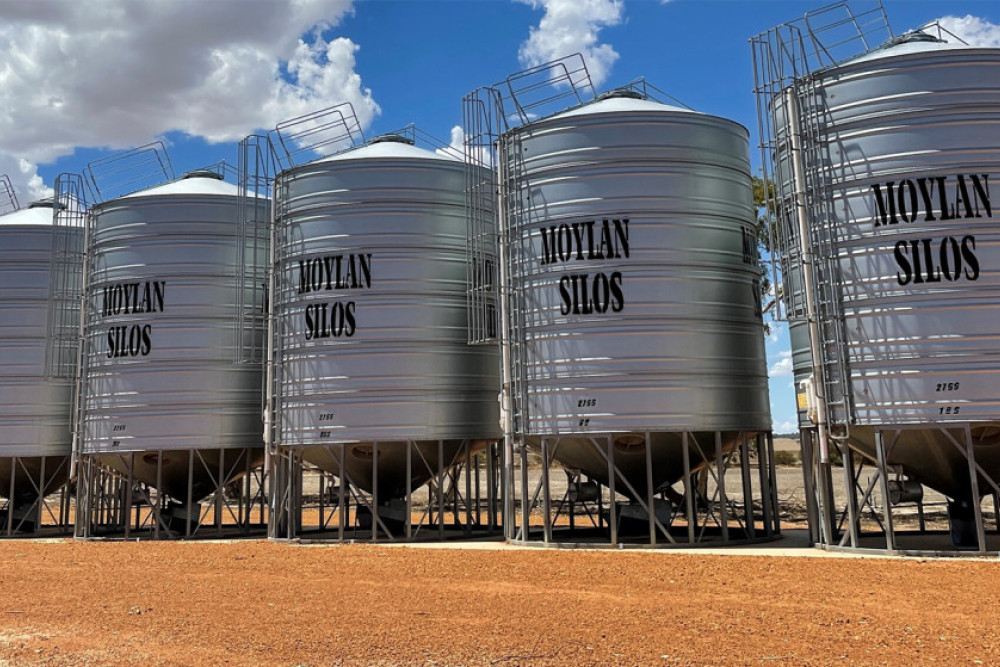Agricultural
20 April, 2022
Mouse and insect pressure highlights importance of hygiene
As seeding preparations build during this busy time of year, growers are encouraged to prioritise hygiene around seed grain and storage infrastructure.

GRDC grain storage extension specialist Ben White recommends cleaning up any spills or tailings
from the seed cleaner to minimise the potential for damage that could be caused by mice and insects.
“Grain spills around sheds and silos at this time of year can supply a feed source for vermin and
insect pests, so promptly cleaning up silo and auger hoppers, seed cleaning tailings and any grain spills eliminates a potential food source,” Mr White
said.
Some growers in New South Wales with significant mouse numbers last year suffered damage to stored seed.
Collateral damage included mice-chewed electrical wiring on machinery, which in turn impacted preparation for seeding programs.
Growers with temporary storage including grain storage bags and sheds should also be monitoring these with increasing vigilance.
Mr White said that four months is typically the safe storage time limit for grain stored in bags, with longer storage periods increasing pressure from pests.
Mice and birds are attracted to spilt grain.
Foxes then chase the mice, leaving holes in bags where water can penetrate and damage grain.
“Cleaning up, baiting, and fencing have proven to reduce problems for many growers,” Mr White said.
“Prioritising out-turn of grain in short-term storage options will minimise the potential for damage to the stored grain,” he said
Mr White encouraged growers to do a pre-seeding check of seed and stored grain in silos, sheds and bags, looking for insect and vermin outbreaks.
“Get grain storage hygiene in order and look for signs of vermin activity, baiting early as needed,” he said.
“Sample and sieve to find grain storage insect pests and look for evidence of activity.
“A germination test heading into seeding is also recommended so seeding rates can be adjusted accordingly.”
Hygiene and early intervention can minimise numbers and the impact vermin and insects can have on the quality of seed and market-bound grain in storage.
For more information refer to the GRDC stored grain hygiene and structural treatments website.


